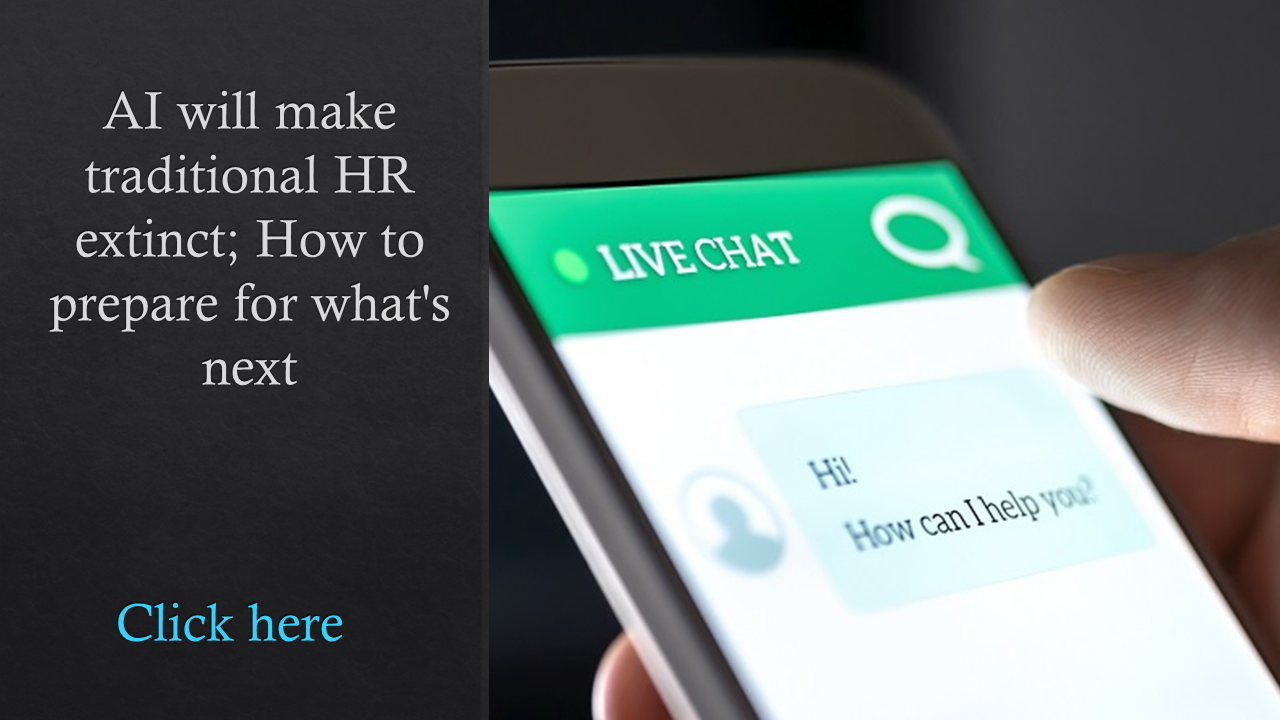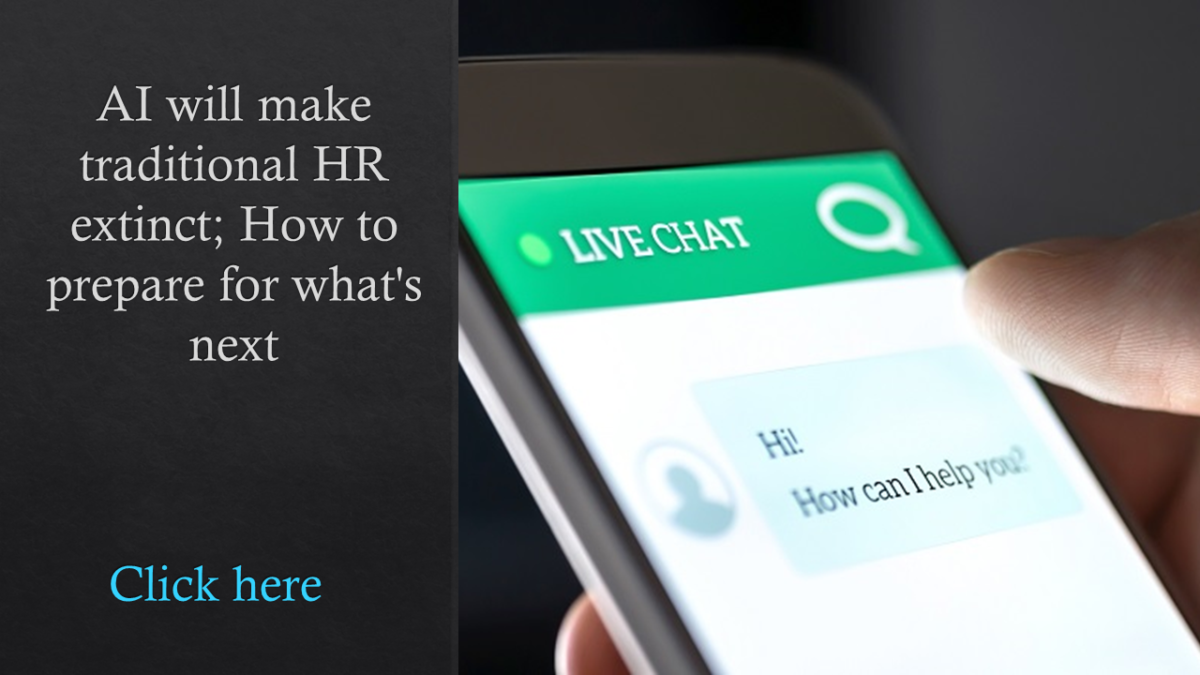In the wake of the global pandemic and resulting Great Resignation, the subsequent labor shortage has accelerated tech needs for HR departments, particularly around hiring. This has also spurred a keen interest in automation tools that could make recruiting and hiring easier and faster.
According to a recent survey conducted by Atomik Research, an independent market research firm, and sponsored by Workato, an enterprise automation firm, that’s changing quickly, with recruitment seeing the highest automation growth of any single business process, up 547% compared to last year’s report.
What it means to HR leaders
Worldwide lockdown due to the pandemic was the catalyst for many HR departments increasingly turning to automation, says Carter Busse, chief information officer for Workato.
“Between hiring, onboarding and offboarding, businesses experienced a ton of shifts and had to manage them all online,” he says. “Key reminders in the recruiting process are no longer just as easy as stopping by someone’s office or convening a quick huddle to discuss a candidate. This has led many companies to tighten up their digital recruitment process with automation.”
 HR is one area where employees and those in the department express “a lot of gripes” because they are burdened with cumbersome tasks that automation can—and should—handle, according to Busse.
HR is one area where employees and those in the department express “a lot of gripes” because they are burdened with cumbersome tasks that automation can—and should—handle, according to Busse.
“Think about decommissioning passwords and equipment when an employee leaves a company, as an example: If the organization forgets to do this, it creates a potential security threat. By automating this process it ensures employees don’t maintain access to apps, data or any other sensitive information after they leave,” he says.
“’Human’ is a key part of ‘human resources’ after all,” Busse says, “and that person-to-person touch is still necessary to improving employee experiences.”
But what does recruitment automation look like and how does it help HR departments? According to Busse, much of recruitment automation focuses on keeping the recruiting process running smoothly. And during a labor shortage, running smoothly and quickly can make a real difference in hiring success.
Related: How can recruiters succeed in this ‘pivotal moment’ to deliver?
“Recruitment tasks often take second priority to job responsibilities for people outside of HR, and when users have to log in to separate apps, tasks get forgotten or ignored. With automation, recruitment tasks can be surfaced for employees where they already work, such as Slack, Teams or similar. This can include sending or tracking offers, offer letter approvals, post-interview scorecard reminders, referrals and interview scheduling,” he says.
“This might look like a busy manager receiving a Slack message reminding them to fill out a scorecard from yesterday’s interview, or an executive receiving a notification that they need to sign an offer letter to kick-start the onboarding process.”
Other automation in recruitment includes making and tracking referrals easier for employees, job setup and resume screening.
Data for the State of Business Technology Report 2021 was collected from an online survey of full-time IT and business technology professionals based in American companies with more than 100 employees. The 534 respondents varied in seniority, from analysts to C-suite executives.
